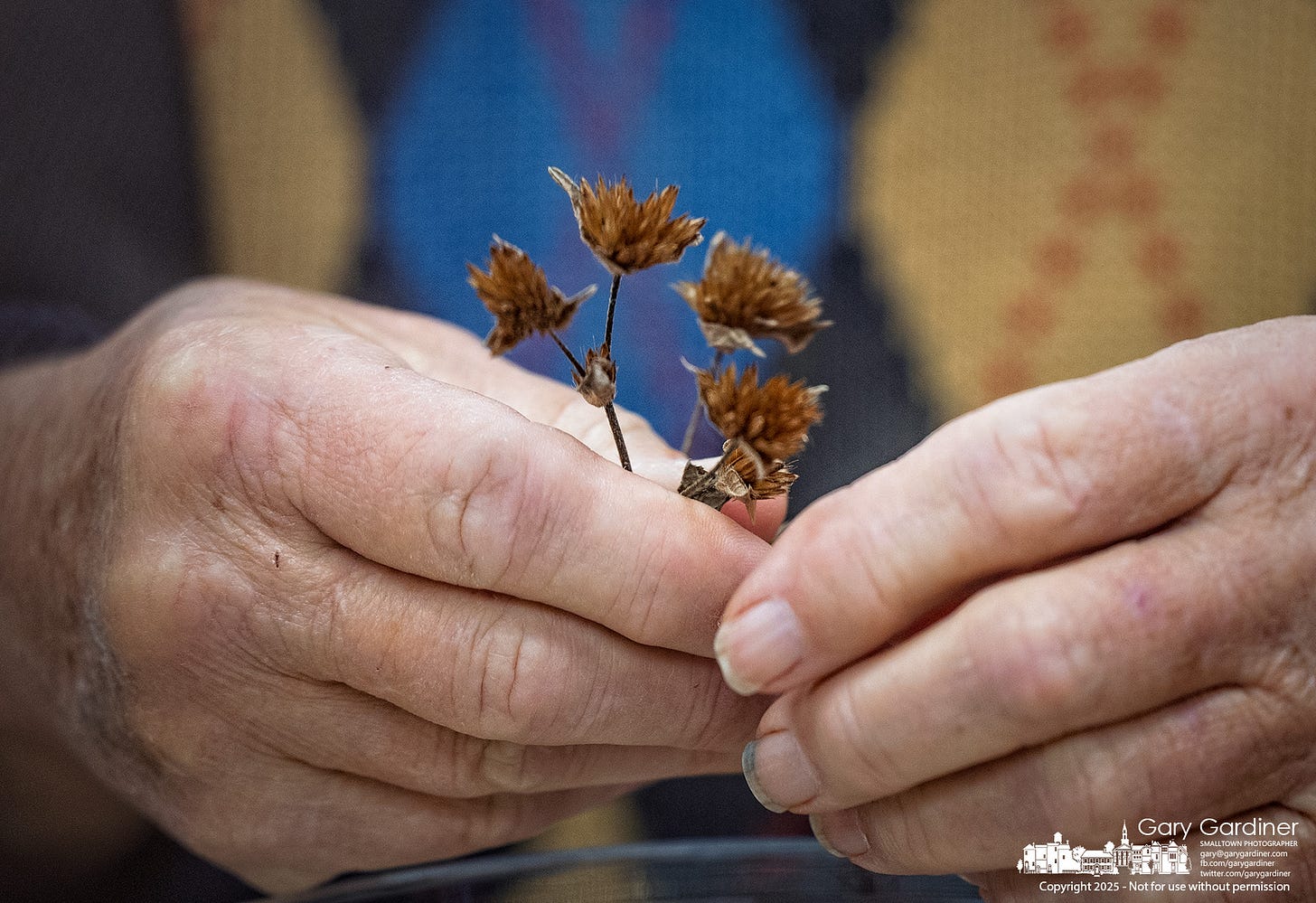Seed Collecting and The Green Grape Report
Hands, Seeds, and Stories: Community Gathers to Clean Native Seeds at Inniswood
At Inniswoods Metro Park on Saturday morning, the tables inside the Innis House were filled with seeds, sieves, bowls, and laughter as members of the Wild Ones local chapter and newcomers worked side by side to clean native plant seeds for future planting and sharing.
Voluntee…



